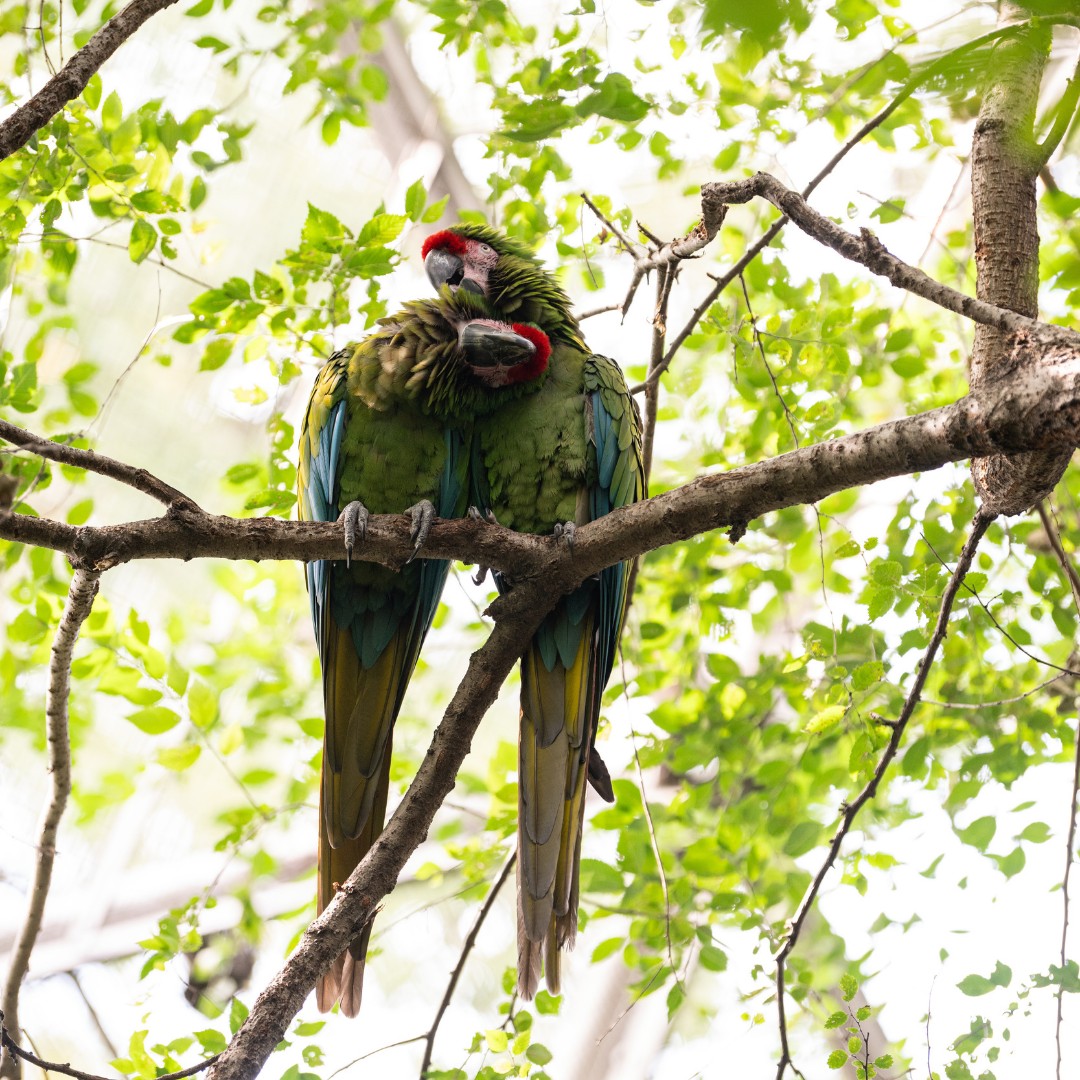- Exploring the Benefits of Spring Break Camps
- Engaging Children with Hands-on Experiences in Zoology
- Enhancing Wildlife Conservation Awareness Among Families
- Integrating Education with Fun Across Five Parks
Spring break often presents parents with the challenge of keeping their children both entertained and educated while at home. Fortunately, spring break camps offer a compelling alternative that can nurture a child’s curiosity and passion for wildlife through immersive activities.
Exploring the Benefits of Spring Break Camps
Spring break camps provide invaluable opportunities for children to step outside their usual routine and engage actively with the natural world. They serve as more than just a fun distraction from school; they become a powerful springboard for learning and personal growth. At these camps, children have the chance to explore the wonders of nature, meet new friends, and gain a stronger understanding of the environment through guided, interactive experiences. This sense of exploration encourages critical thinking and fosters an appreciation for the biodiversity surrounding us.
These camps offer a structured environment where exploration and education intersect. Staffed by knowledgeable educators, including zoologists and conservationists, children are given up-close experiences with various species. The finest element of these camps is the hands-on aspect—children engaging physically with activities such as planting native foliage or assisting in simple animal care tasks. These tactile experiences cement the knowledge they acquire, making it impactful and long-lasting. Through this enrichingly active learning process, kids receive an education that textbooks alone cannot provide.
Engaging Children with Hands-on Experiences in Zoology
A primary attraction of these spring break camps is their focus on zoology. Children might get to observe animal behaviors or participate in discussions that delve into ecological systems and their interconnectedness. By watching how different species interact with their environments, the young participants begin to appreciate the intricate balance of ecosystems. A simple task like assembling a bird feeder can transform into an engaging lesson about food chains and habitat needs.
Spring break camps leverage the innate curiosity children possess about animals and nature. Through age-appropriate scientific demonstrations and informal talks with zoologists, curious minds are introduced to fundamental principles of zoology. They learn about adaptation, species diversity, and the role of each organism in its habitat. These insights cultivate a lifelong interest in science and nature, steering some towards future careers in biology and conservation.
Enhancing Wildlife Conservation Awareness Among Families
Instilling a sense of responsibility towards conservation starts at an early age. Spring break camps emphasize the importance of wildlife conservation, not just for children but their families too. Family-centric activities, including guided hikes and conservation projects, allow for shared learning experiences. Parents and children together learn about sustainable practices and how simple actions—like reducing waste or protecting local wildlife—can make a significant difference.
Education sessions during camps also discuss the consequences of habitat destruction, climate change, and human impact on ecosystems. These discussions bring to light the pressing need for conservation efforts and the role each person can play. By fostering empathy and understanding, children are encouraged to think globally while acting locally.
Integrating Education with Fun Across Five Parks
Spring break camps often operate across multiple parks, ensuring diverse landscapes and species interactions for participants. Each park offers its unique set of ecosystems and species, allowing children to compare and contrast different natural settings. This multiplicity ensures that the activities remain fresh and engaging, avoiding redundancy and igniting a sense of adventure with each new setting.
The camps utilize a mix of educational techniques such as storytelling, creative arts, and physical challenges to make the learning process enjoyable and memorable. For example, scavenger hunts become a fun-filled, educational quest where kids might look for clues related to animal tracks or specific plants. Each park’s unique ecosystem becomes a platform for distinct learning experiences, dispelling the monotony and promoting continuous engagement.
In conclusion, by participating in these spring break camps, children embark on a journey of discovery that enriches their understanding of zoology, enhances their appreciation for wildlife, and educates them on the necessity of conservation. These camps provided at five different parks extend an invitation not just to learn but to imbibe the principles of sustainability and environmental stewardship—all while ensuring that the essence of spring break remains one of joy and adventure. Whether planting a butterfly garden or observing a bird of prey demonstration, every activity is meticulously crafted to blend education with entertainment, creating a fulfilling experience for children and families alike.
*****
Source Description
Hanging out at home this spring break? Branch out with spring break camps! Discover fun, hands-on experiences for children and families during school breaks at all five of our parks! See link in profile.


